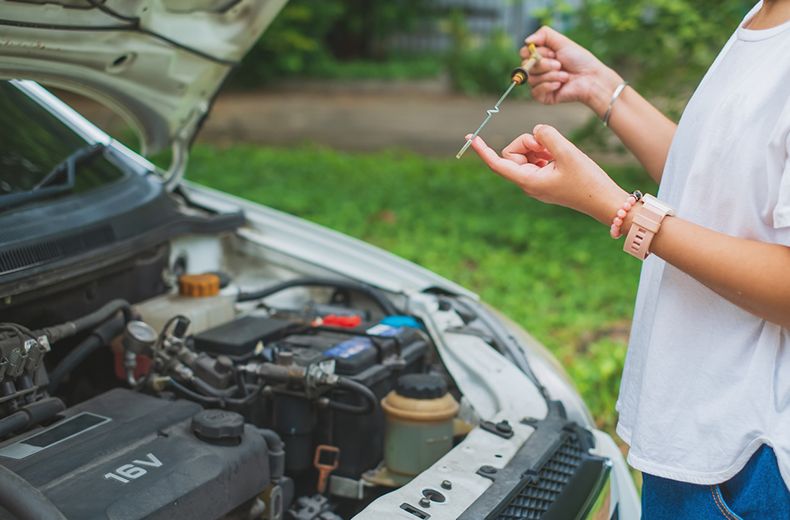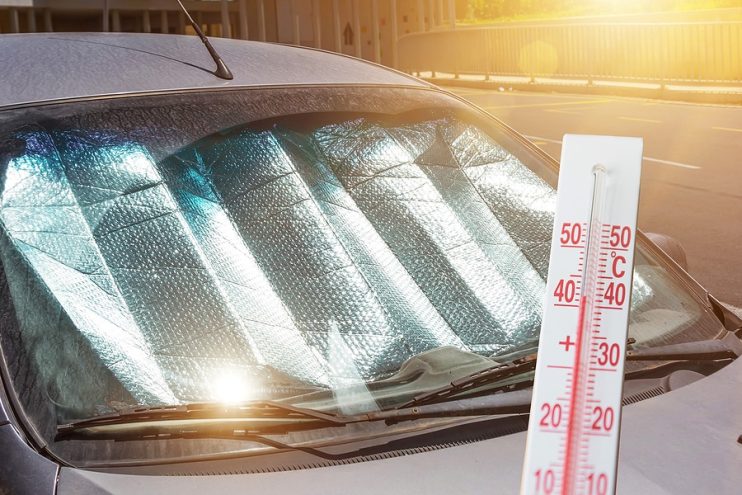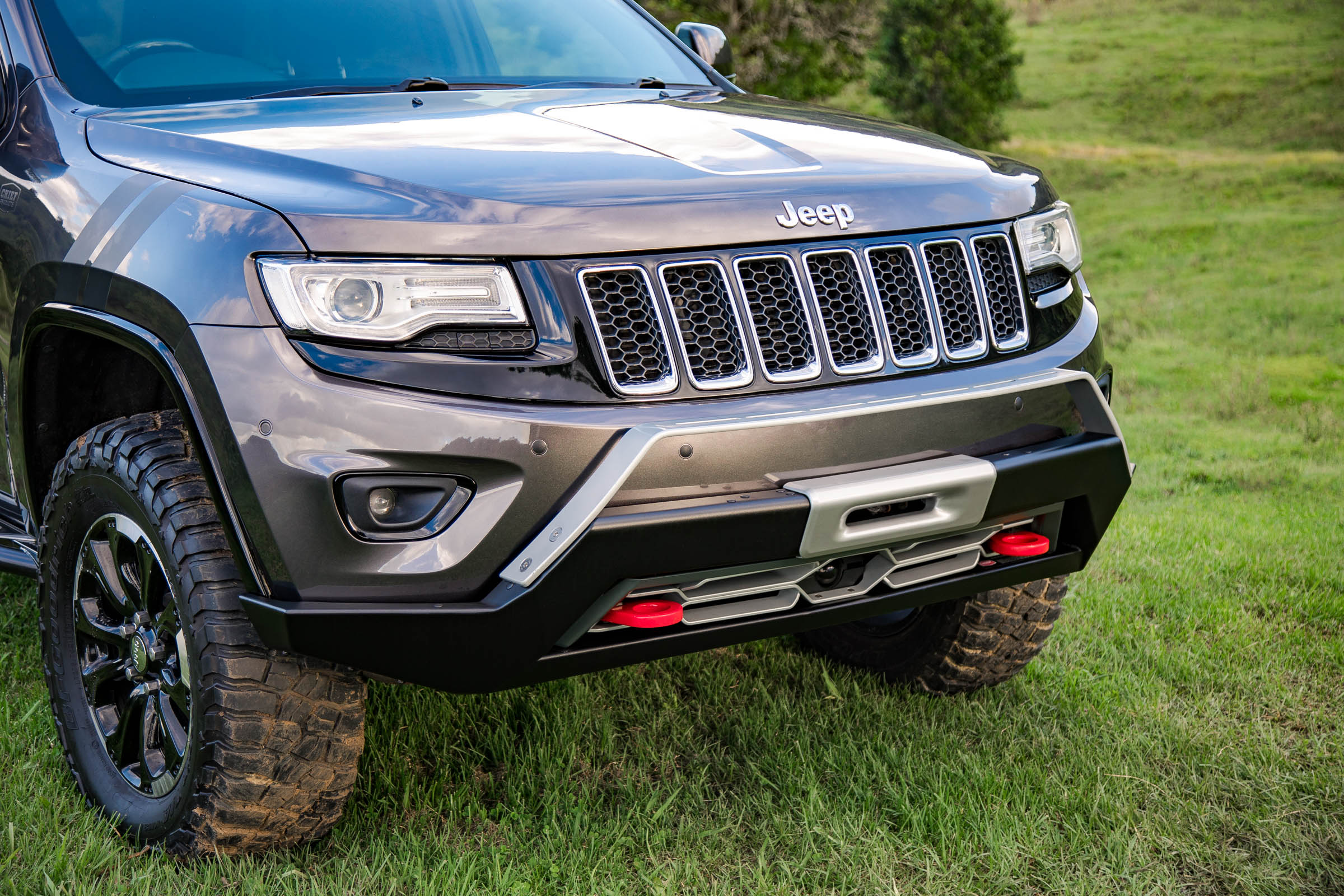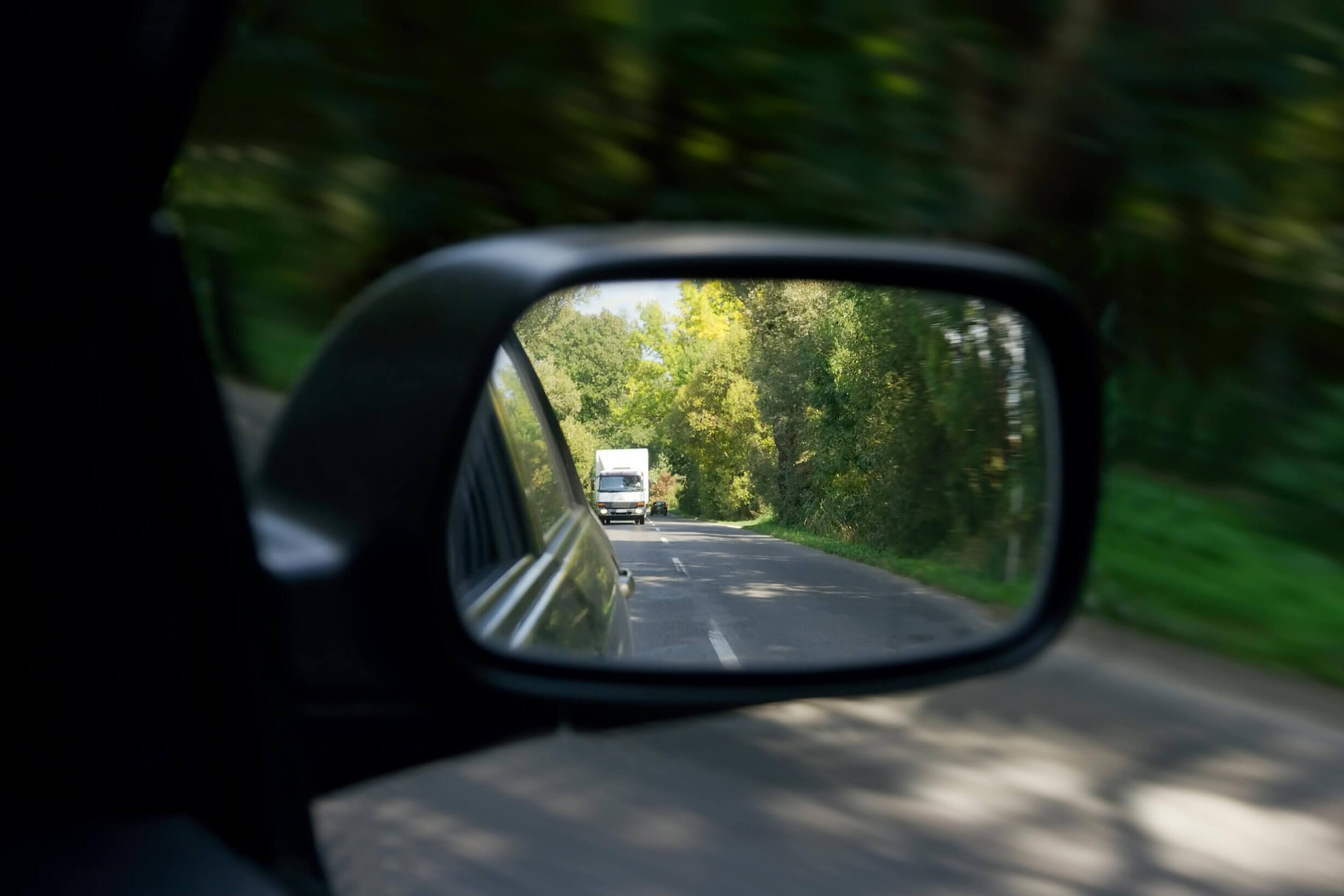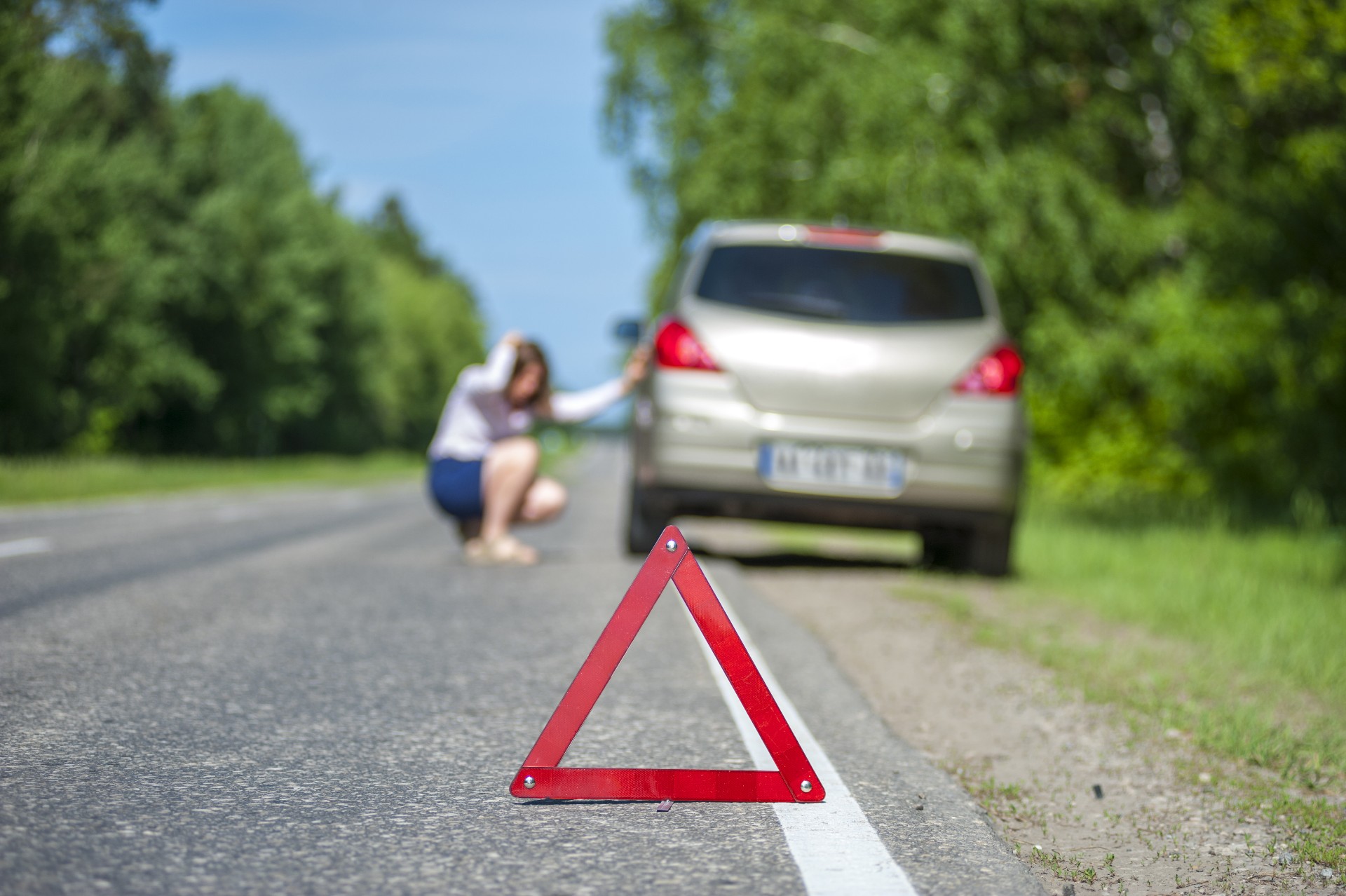Your car is one of the most–if not the most–expensive possession that you have. As such, it is important to take proper care of it, in order to help it to have the longest life possible. Car maintenance can often sound confusing to those who do not know a lot about cars, and it can be a real pain to pay out all of the money that many things cost. However, neglecting proper maintenance, or carrying out the wrong kind of maintenance can actually end up costing you far more in the long run, and even shorten the life of your vehicle. Here are some of the most common, and most costly, car maintenance mistakes to avoid.
1. NOT CHECKING TIRE PRESSURE
Tire pressure is not just about avoiding flat tires–although that should be reason enough to check regularly–it is also about fuel economy. If your tires are under-inflated, it could be causing your car to eat far more gas than it should. Check every few months with a fuel gauge, and make sure that your tires are what they should be according to your owner’s manual. Another common problem is neglecting other tire maintenance, such as regular tire rotation–something that will make them last longer.
2. NEGLECTING OIL CHANGES
It is true that with newer cars there is less of a need for oil changes. But while they may not require an oil change every 3,000 miles, they do still need regular oil changes. If you have a newer car, and do not have an oil light, don’t leave it longer than every 8,000-10,000 miles before you have an oil change. Bad oil will damage your engine.
3. FAILING TO INSPECT/CHANGE BRAKES
Getting your brake pads changed can be expensive, but if you leave it too long, your brakes can wear down completely, and start to work away at the rotators, which will cost you much more money. When you first start to hear that tell-tale squeaking noise, make sure that you get your brakes checked out–often mechanics will check for free.
4. NOT KNOWING THE BASICS
A knowledge of basic car maintenance can really help you out of a tight spot. Many unnecessary problems are borne out of simple things such as not knowing how to correctly jumpstart a car or change a flat tire. To save yourself a little money and a lot of hassle, study up on the basics of car maintenance.
5. OLD WIPERS
Windshield wipers are an incredibly cheap and easy thing to replace, and yet plenty of people are still driving in adverse weather conditions, unable to see properly as a result of having old ones. Look for streaks on the windshield and cracks in the blades, and if in doubt, change them every six months or so. It is also worth splashing out on the better quality wiper blades.
6. OLD AIR FILTERS
Air and fuel filters are also inexpensive to replace, but failing to do so can cause you big problems. It is something that you can do yourself, but often mechanics will throw it in with another repair at no extra cost.
7. IGNORING FLUID CHECKS
Just as you need to change your oil regularly, other fluids are equally important in making sure that your engine runs smoothly. Coolant, brake fluid, transmission fluid, and more are all essential, and costly if you ignore them.
(defensivedriving.com)

